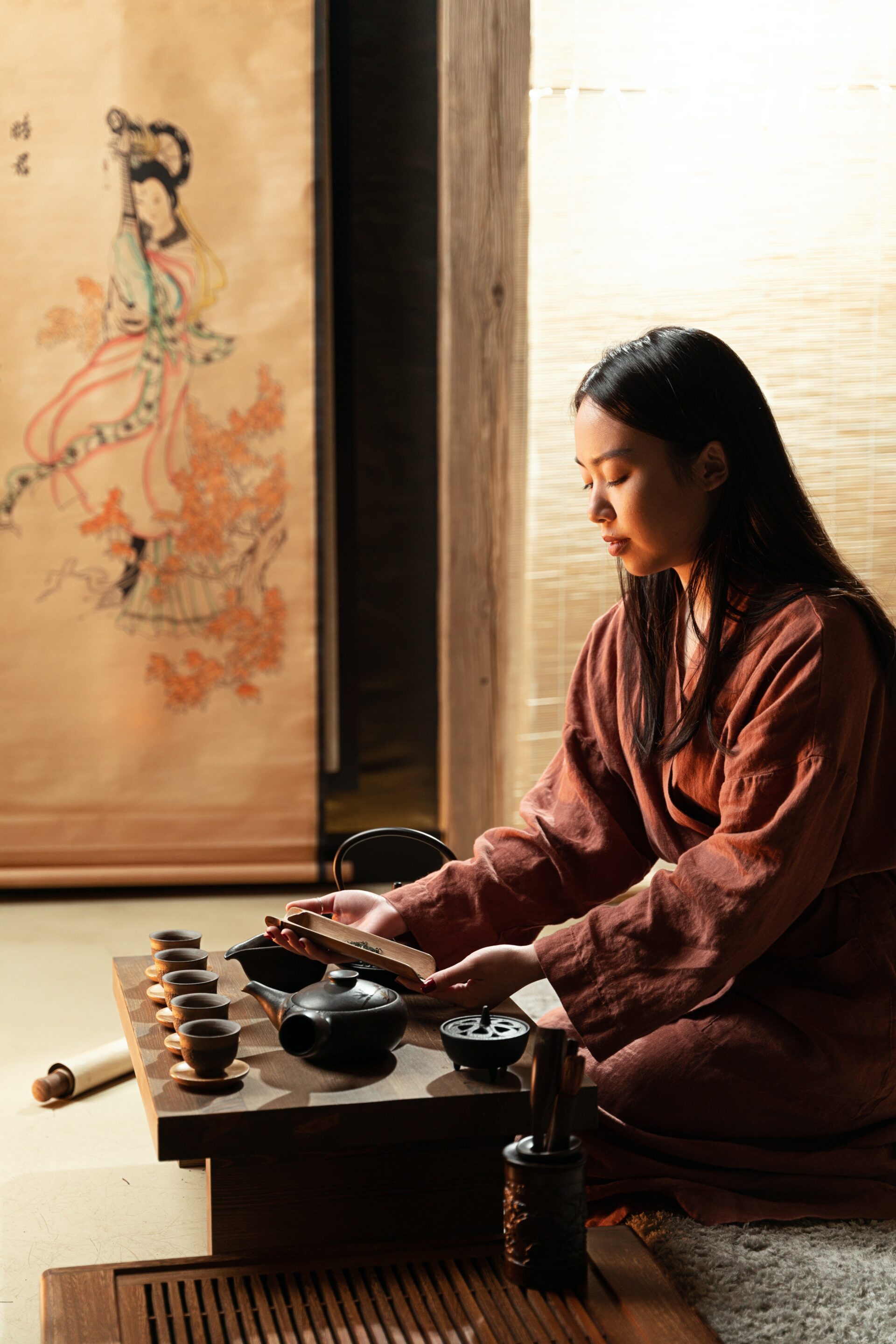Women in ancient and imperial China experienced various levels of discrimination and oppression throughout history. Although there were periods of relative gender equality, such as during the Han Dynasty (206 BCE-220 CE), the Tang Dynasty (618-907 CE), and the Song Dynasty (960-1279 CE), women were generally considered inferior to men and faced significant social, economic, and political constraints.
During the Zhou Dynasty (1046-256 BCE), women’s status in China declined. Confucianism, which emerged during this period, reinforced traditional gender roles and emphasized the importance of filial piety and male superiority. Women were expected to obey their fathers, husbands, and sons and were confined to domestic roles such as cooking, cleaning, and child-rearing. They had no legal rights and were not allowed to own property or participate in public affairs.
The Qin Dynasty (221-206 BCE) and the Han Dynasty (206 BCE-220 CE) brought some improvements to women’s lives. Women could inherit property and engage in certain occupations, such as weaving and spinning. Women also gained the right to divorce their husbands if they were abused or mistreated. However, these gains were limited and applied only to elite women.
The Tang Dynasty (618-907 CE) is considered a golden age for women in China. Tang women enjoyed greater freedom than their counterparts in previous eras. They could participate in public life and pursue education. Some women became poets, scholars, and government officials. Empress Wu Zetian, who ruled from 690 to 705 CE, was the only woman to ever hold the title of emperor in China’s history.
The Song Dynasty (960-1279 CE) also saw some advancements for women. Foot-binding, a practice in which girls’ feet were tightly bound to prevent growth, became widespread during this period. Although foot-binding was a painful and debilitating practice, it was seen as a sign of beauty and social status. Women who underwent foot-binding were more likely to marry well and gain access to higher social circles. However, foot-binding also limited women’s mobility and made them more dependent on men.
During the Ming Dynasty (1368-1644 CE), women’s status in China declined once again. The government implemented policies that restricted women’s freedom and mobility. Women were expected to remain within the confines of their homes and not engage in public life. The Qing Dynasty (1644-1912 CE) continued these policies and reinforced traditional gender roles. Women were discouraged from pursuing education or participating in public affairs.
In conclusion, women in ancient and imperial China faced significant challenges and constraints. Although there were periods of relative gender equality, such as during the Tang and Song Dynasties, women were generally considered inferior to men and were confined to domestic roles. Confucianism reinforced traditional gender roles and emphasized male superiority. Foot-binding, which became widespread during the Song Dynasty, limited women’s mobility and independence. Despite these challenges, some women managed to break through gender barriers and make significant contributions to Chinese society.
Read More:
